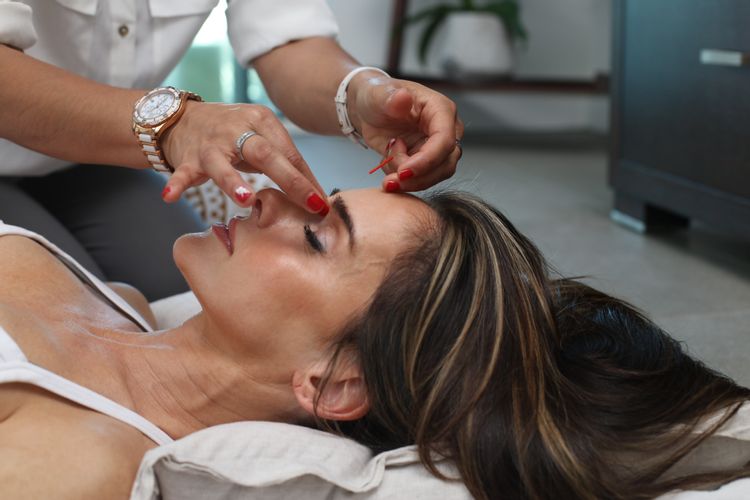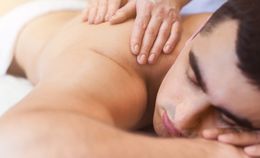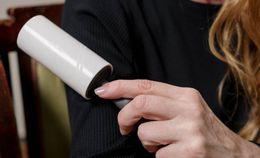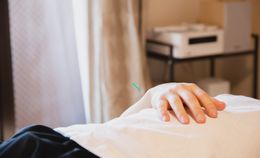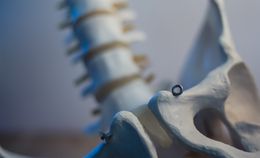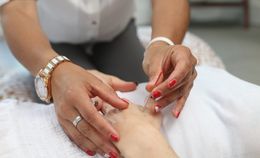Do you suffer from headaches and migraines? Have you heard that craniosacral therapy can help with migraines? Do you want to know how? Well, then you have come to the right place. This guide will cover craniosacral therapy for migraines, how it works, how effective it is, and how many sessions, are needed.
Craniosacral Therapy for Headaches
Craniosacral therapy is often seen as a popular alternative and natural treatment for both headaches. Why? Because most medications come with side effects that many would rather avoid. Also, medications are often once a headache or migraine is already being experienced. Craniosacral therapy has the ability to work as a preventative measure and treatment option.
How Craniosacral Works for Migraines
Craniosacral therapy works for migraines because of the impact it has on the brain and structure alignment of the head. What does that mean? A craniosacral therapy practitioner will use their hands on their hands to feel and identify two things that may lead to migraines:
-
Blockages in the craniosacral system
-
Misalignments in the craniosacral system
You may be looking at the words craniosacral system and you may be asking yourself ? What does the system entail? There three parts to this system that you should be aware of to fully understand how craniosacral therapy can work for migraines:
-
Bones: These are all the bones in your skull, neck, and head
-
Membranes: These are membranes in your head and brain
-
Cerebrospinal fluid: This is a liquid that is found in the brain and spinal cord areas.
According to this one study, craniosacral therapy works for migraines by helping to remove blockages and remove the misalignments no matter how small or big they are.
How Effective is Craniosacral Therapy Work for Migraines?
The number of studies and research done on the effectiveness of craniosacral for migraines is not large but what has been conducted has been supportive of the therapy for migraines. For example, this one study, one of the most often used tools for evaluating the effectiveness of a therapy or treatment on migraines and other types of headaches is the Headache Impact Test (HIT-6). Before we go into how effectiveness and results of the study, it is important to understand exactly how the Headache Impact Test (HIT-6) works.
What is the Headache Impact Test (HIT-6)?
People keep diaries all the time. The Headache Impact Test (HIT-6) is a test where the main data analyzed is what is collected in a diary. The diary documents the following information about headaches experienced by people:
-
Quality of life
-
Frequency of headaches
-
Duration of headaches
The Study on Migraines and the Efficiency of Craniosacral Therapy
Here is a list of five different aspects of craniosacral therapy and its effectiveness for migraines:
-
Study participant gender: Male and Female
-
Age of participants: 20-50
-
Number of participants: 20
-
Frequency of treatments: This study, had the participants received treatments for four weeks and were six times.
Based on this information, how many treatments and sessions of craniosacral therapy will you need for migraines? Four to six sessions are what is often suggested but always ask your practitioner what they suggest and decide together what is best for you.
Study Results
The studied has the participants fill out the Headache Impact Test (HIT-6) four times in the control group. It was also filled out and information was collected one month after the end of the four weeks of treatment. The study found that the scores on the test significantly dropped and stayed lower at the one month follow up. Because of this, the study concluded that craniosacral therapy can alleviate migraine symptoms and help as a preventative measure. The study if however point out that its pool of participants was small and so it suggested that more research be conducted to get a better understanding of its efficiency.
What About Other Types of Headaches?
There are other types of headaches - there are cluster headaches and tension headaches. Can craniosacral therapy be as effective for these types of headaches like it can be formed migraines? Yes, it can be. For detailed information, read our guide: Craniosacral therapy for Headaches.
But wait, want to know what you should ask a practitioner when it comes to migraines?
2 Questions to Ask
Here is a list of two questions to ask a craniosacral therapist when seeking treatment for migraines:
-
What has your experience been treating migraines? Asking craniosacral therapy practitioners for what their experience has been in treating migraines to gain an understanding of the level of hands-on experience they have meeting the needs of what you are seeking treatment for.
-
Can I talk to past clients? Asking a practitioner if they have past clients who they have treated for migraines that may be willing to share their experience with you about using the practitioner for managing their migraines ? this can lead to an understanding of what to expect with a practitioner and the perspective of others. Reading reviews can also be a great choice.
3 Alternative Treatments for Migraines
If you experience migraines, but not feel that craniosacral therapy is the best choice for you, this guide will end with three other natural and alternative treatment options:
References:
Arnadottir, T. S., & Sigurdardottir, A. K. (2013). Is craniosacral therapy effective for migraine? Tested with HIT-6 Questionnaire. Complementary Therapies in Clinical Practice, 19(1), 11-14. doi:10.1016/j.ctcp.2012.09.003. Retrieved March 8, 2019, from https://www.sciencedirect.com/science/article/pii/S1744388112000692
King, H. H. (2017, January 01). Manual Craniosacral Therapy May Reduce Symptoms of Migraine Headache. Retrieved March 8, 2019, from https://jaoa.org/article.aspx?articleid=2595730
Mann, J. D., Faurot, K. R., Wilkinson, L., Curtis, P., Coeytaux, R. R., Suchindran, C., & Gaylord, S. A. (2008). Craniosacral therapy for migraine: protocol development for an exploratory controlled clinical trial. BMC complementary and alternative medicine, 8, 28. doi:10.1186/1472-6882-8-28. Retrieved March 8, 2019, from https://www.ncbi.nlm.nih.gov/pmc/articles/PMC2442042/
Rao, K. (2017). Effectiveness of Craniosacral Therapy in Cervicogenic Headache. MOJ Yoga & Physical Therapy,2(4). doi:10.15406/mojypt.2017.02.00031. Retrieved March 8, 2019 from https://medcraveonline.com/MOJYPT/MOJYPT-02-00031.pdf

